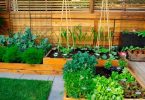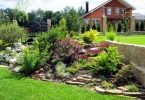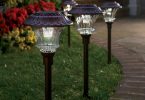Vases, or flower pots of different sizes, are referred to as small architectural forms. The materials from which they are made can be very different: ceramics, plaster, wood, concrete.
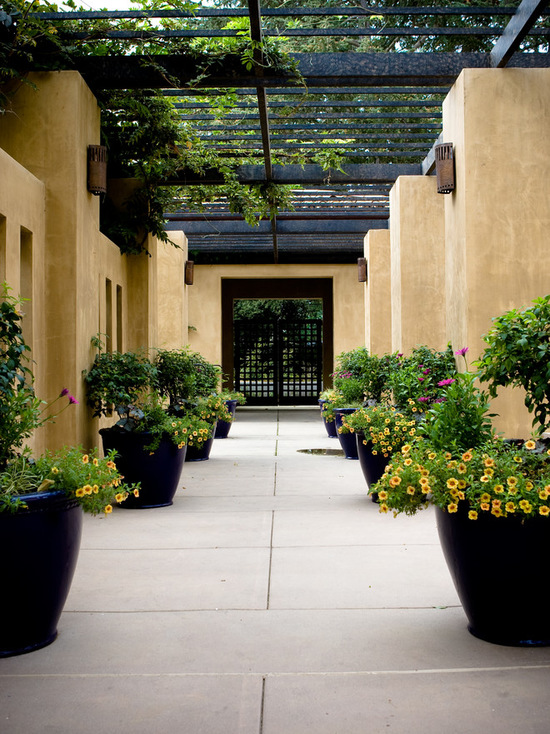
Garden pots in your garden – the best ideas
There are also elite options on sale – marble and natural stone. Forms with planted plants are installed directly in the open air: on terraces, in courtyards. Outdoor flowerpots differ from indoor ones in size and location: they are not for indoor use. Such flowerpots on the territory of the theater, restaurant, bank, near the administrative building, as well as in the garden and park zone will not only decorate the street, but also present the plants in a favorable light.
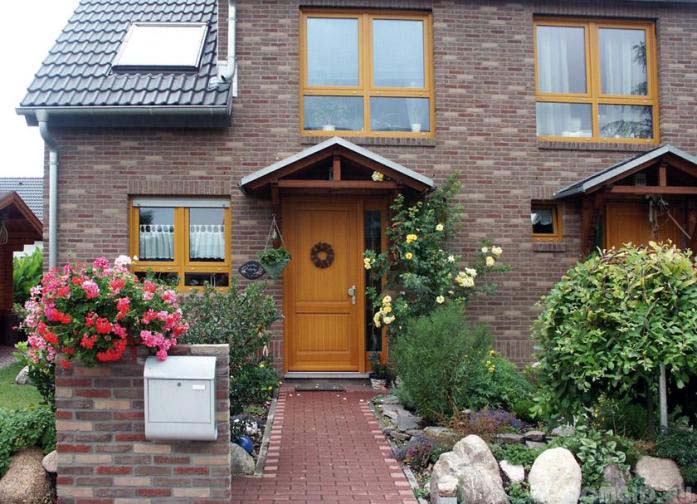
DIY flowerpots for flowers – it’s that simple!
———————————————————————————————————————————-
Important: garden flowerpots should be one with the summer cottage, so you can safely choose an instance with strict geometric shapes, with unusual, extravagant notes.
————————————————————————————————————————————
Let’s say right away that small flowerpots are not suitable for large areas, they look ridiculous; and vice versa: if you want to use large flowerpots in a small area, then this should be done in exceptional cases and very carefully.
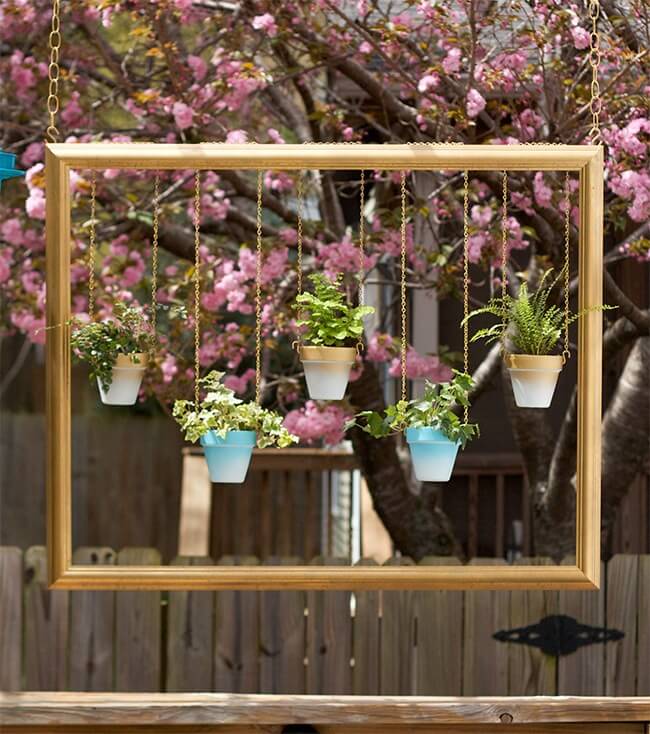
DIY flowerpots for flowers – it’s that simple!
Landscape fashion also dictates its own rules. It is worth sticking to the main thing here: the color of the flowerpot should not be brighter than the plant itself, planted in it; otherwise the plant «lost» against its background. And in general, it is better to take monochromatic garden flowerpots: then these will highlight the plant and emphasize the style. The main shades are considered white, terracotta, brown, gray.
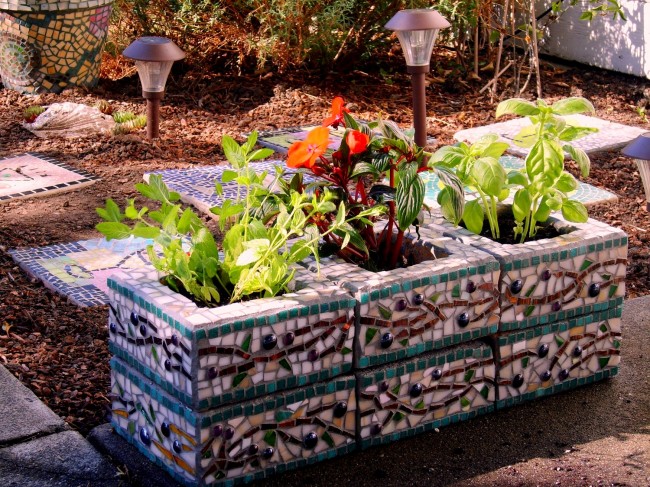
DIY flowerpots for flowers – it’s that simple!
How to choose a flowerpot for the garden
«Despite the high cost of natural stone flowerpots, they became one of the trends and a highlight of landscape design.»
A rock. Stone processing is a complex technological process. But, despite the high cost of natural stone flowerpots, they became one of the trends and a highlight of landscape design. They can represent any style: European, Oriental, avant-garde, modern and strict classicism. Excellent strength and durability.
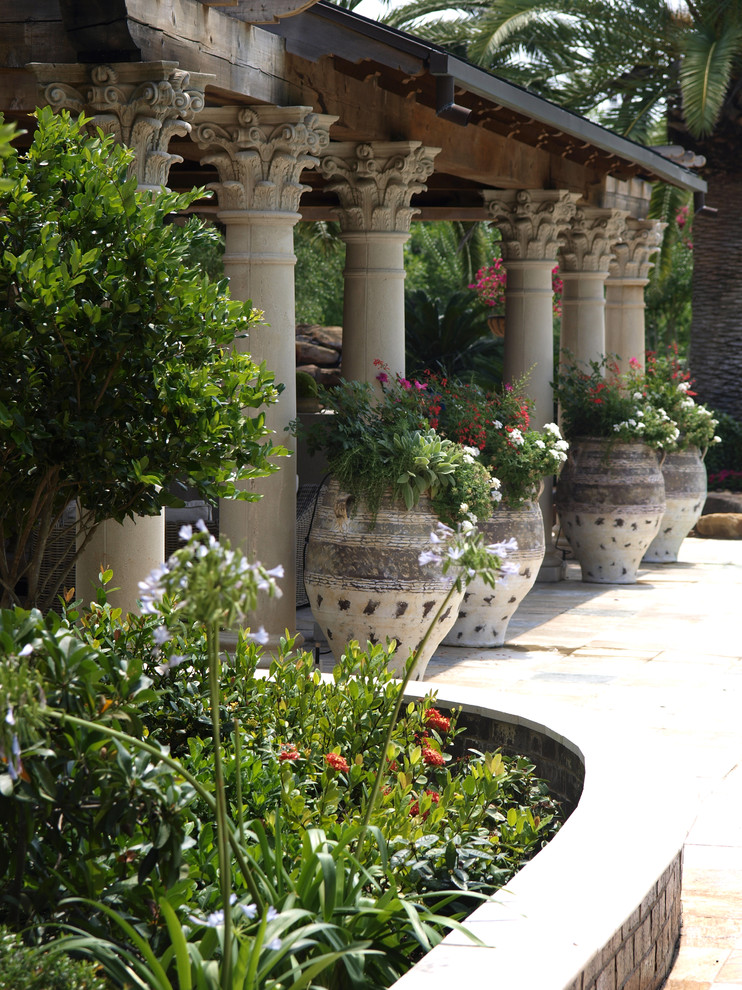
DIY flowerpots for flowers – it’s that simple!
Concrete. The material is relatively cheap, but if you decorate it with taste (for example, use broken porcelain), concrete vases will immediately acquire status. The material is durable, does not burn and is resistant to high humidity and temperature extremes. These are its performance characteristics.
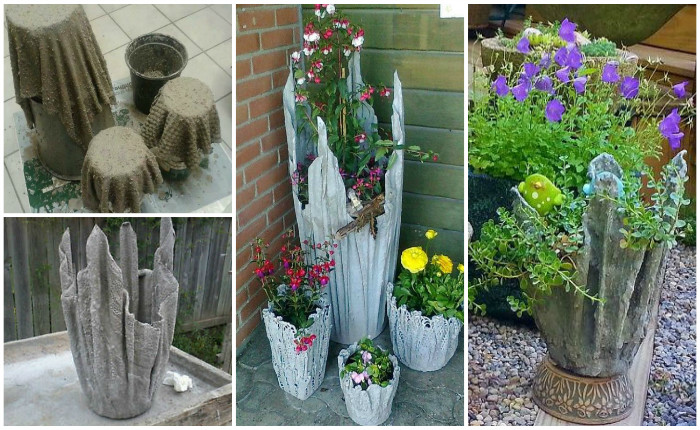
DIY flowerpots for flowers – it’s that simple!
Wood. When equipping the territory of the personal plot, remember that wooden flower beds will definitely come into contact with high humidity, so you need additional protection against decay, otherwise the garden flowerpot will be more than a year old «won’t live».
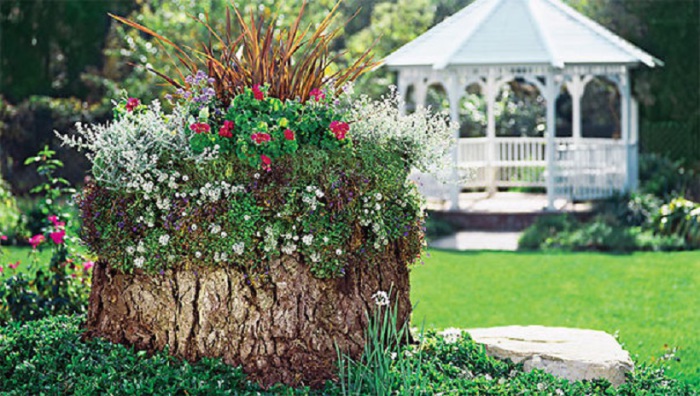
DIY flowerpots for flowers – it’s that simple!
Tree stumps / saw cut are used as flowerpots. The inner part is hollowed out, drainage holes are made, the product is treated with an antiseptic ─ and the original garden flowerpot is ready. To avoid rotting the tree, it is not the stump itself that is filled with earth, but the pot, which is then placed in the recess..
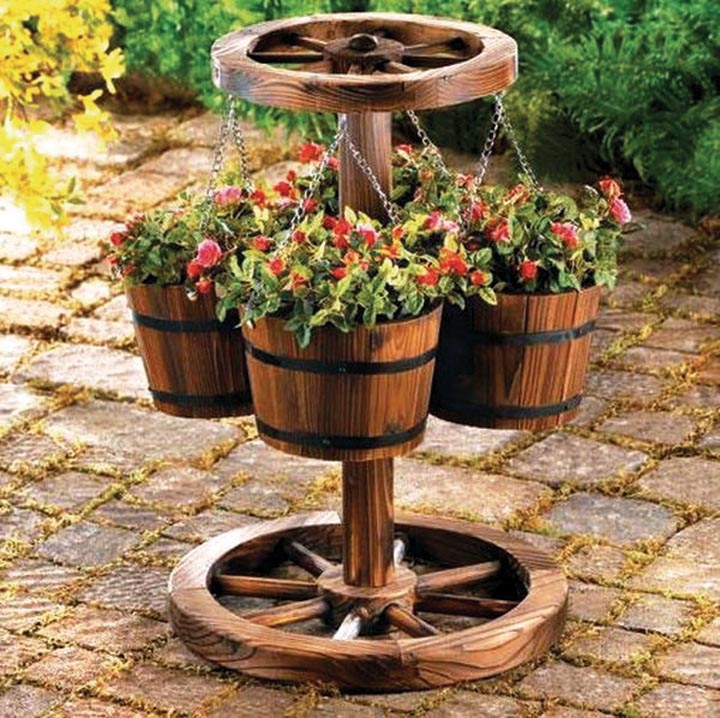
DIY flowerpots for flowers – it’s that simple!
Plastic. Planters and flowerpots made of plastic, despite their fragility, differ in shape, size, texture, color, therefore they fit into any style without problems. Low price (in comparison with flowerpots made of natural stone or artificial analogue) is another of the advantages.
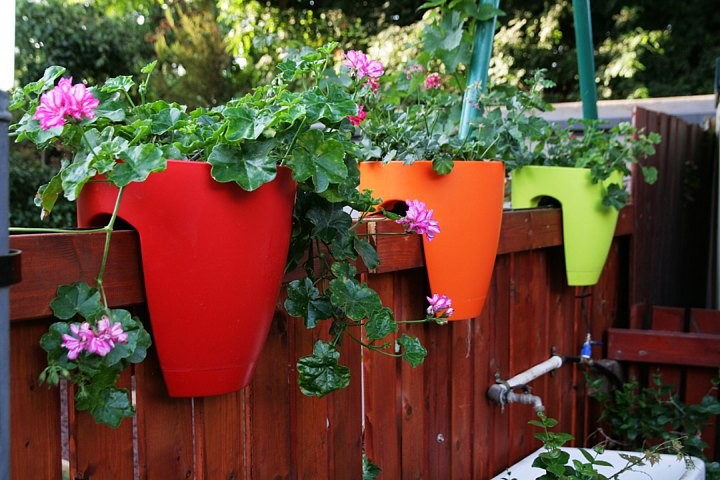
DIY flowerpots for flowers – it’s that simple!
Other materials. Any objects can be given the opportunity to find a second life, using them as flowerpots. So, a car tire, an old cart, a leaky barrel and bucket, a basket and even an old bicycle will be used by a thrifty owner..
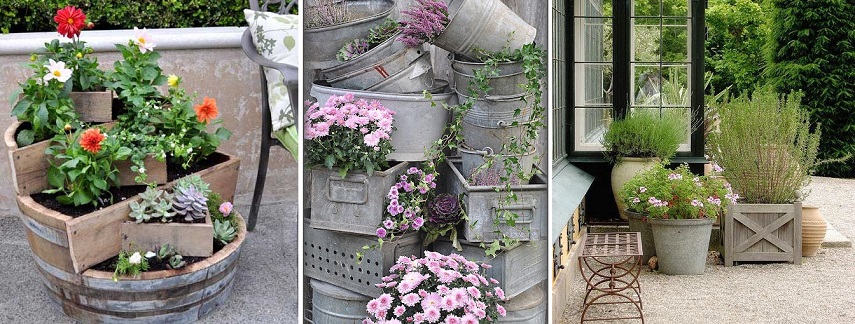
DIY flowerpots for flowers – it’s that simple!
The fact that from any material (be it wood or concrete) it is possible to make such flowerpots for the garden that there will be no limit to admiration, has already been casually mentioned above. Let’s dwell on this in more detail.
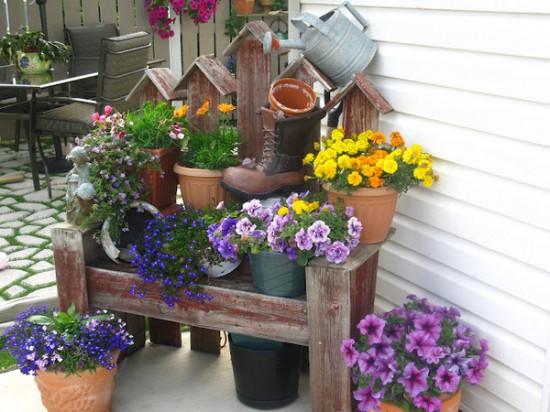
DIY flowerpots for flowers – it’s that simple!
DIY workshop on making outdoor flower pots
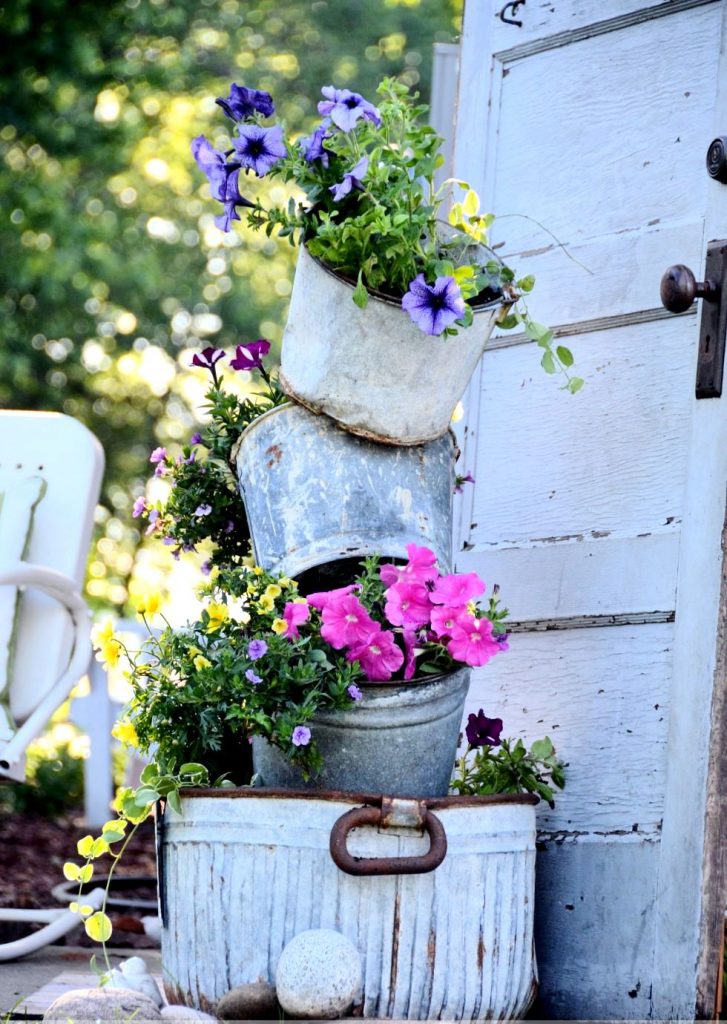
an old bucket can be given a second life by converting it into a flowerpot
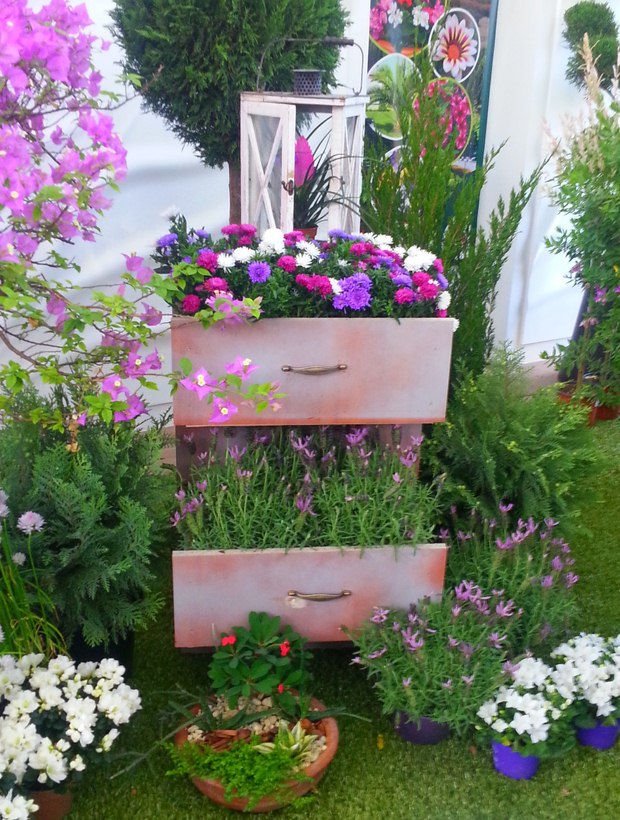
an old chest of drawers is a great idea for a flower garden!
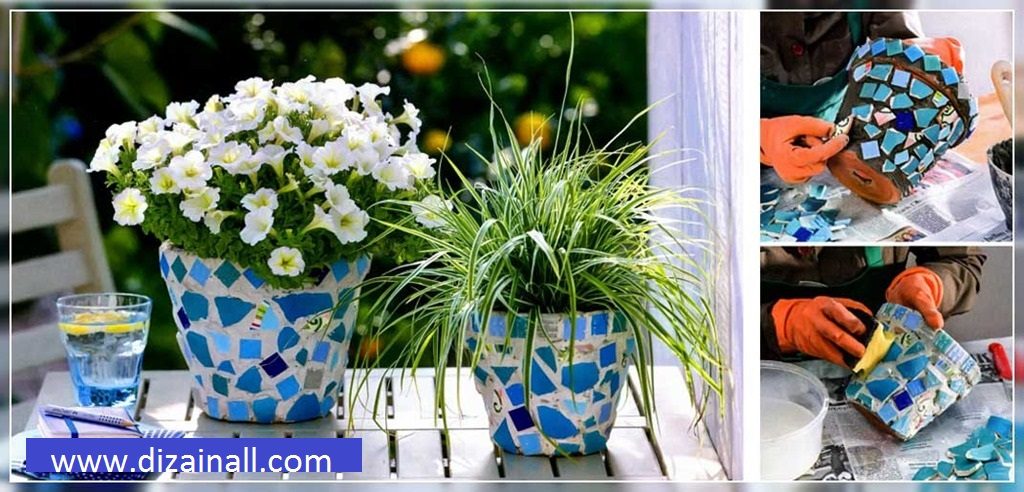
Beautiful flowerpot from old CDs
How to make a flowerpot from cut trees or stumps
Some believe that the stump is a waste material and is an unnecessary part of a dead tree. They are half right, since it is the stump that can become that very precious «zest» landscape, since its potential is still quite high. Please note: it can be a beautiful plant container. How to do it? Birch is good in processing.

flowerpots made of stumps and logs will become a highlight of the landscape
For work, you will need a chisel, a drill, and then the course of your actions is as follows:
♦ drill holes on the surface of the stump (try to place them close to each other; the ease of further processing of the tree depends on this);
♦ extract the wood from the inside with a chisel (hollow out until it is determined that the future flowerpot is deep enough);
♦ fill the container with earth (but it is better if you put the earth in a separate pot, as mentioned above);
♦ treat the tree with a protective solution (in case water gets past the pot).
Wooden flower girl – The simplest version of the flowerpot
Wood is actually considered a unique material because it is easy to work with. Armed with a hacksaw and a hammer, you can make beautiful garden flowerpots for a summer residence, of any configuration and shape. This is not difficult to do. Here’s the order of your actions:
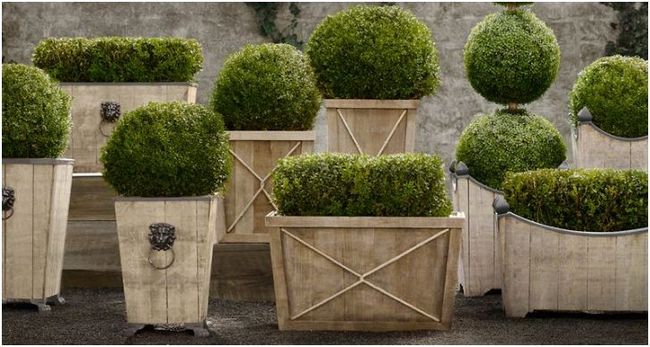
garden pots – the best ideas
If it’s a board.
Conventional Shield Tech and Classic: You take individual planks and hammer them together. Since the flowerpot will be outdoor, you should not make it small. Products will come out in a rectangular geometric shape. Having made 4 shields, they are connected. It turns out a box narrowed downwards or rectangular (this is up to you). You can make a garden flowerpot of an even more complex design, but then you will have to study the technology of their manufacture.
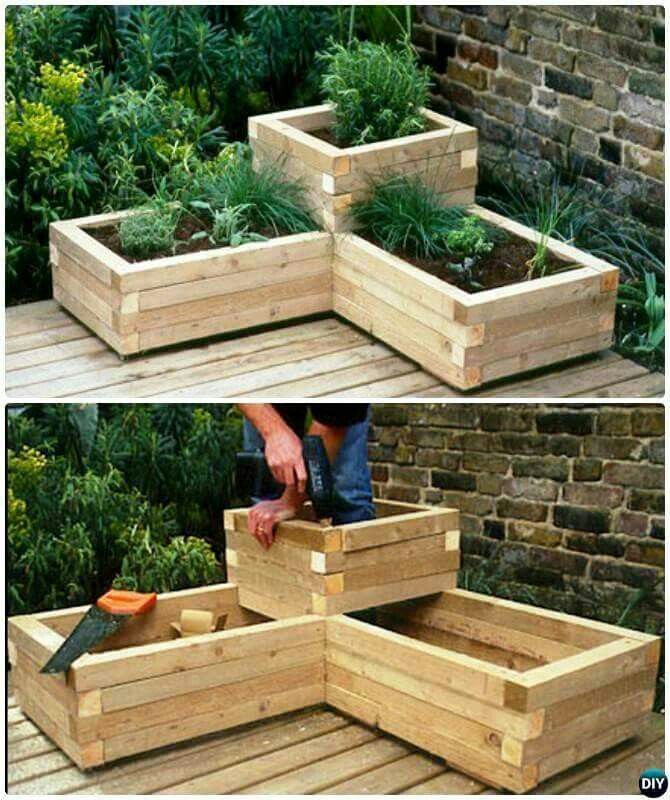
garden pots – the best ideas
Often wood is used only as a frame for a pot, which is an old, out of order bucket (its «sheathed» wood so that it is not visible that it is a bucket). The shape of the cladding is also different: rectangular, hexagonal and even round.
From a bar.
The design of a garden flowerpot is created according to the principle of assembling a log house. Having cut the bars of the required sizes, having made a cut to half the thickness of the bar on both sides, you can assemble, like a designer, a flowerpot using self-tapping screws and nails. The final stage of the work will be sanding and wood staining. Everything, the pot is ready.

garden pots – the best ideas
Natural stone
Vases are made of sandstone, onyx, travertine – rocks that are similar in quality to marble. Despite the uniformity (so it seems at first glance), two identical drawings made by nature itself on the stone cannot be found. Therefore, know: your flowerpot will be unique if you purchase them in stores or order. In order to save money, such flowerpots can be made by hand..

garden pots – the best ideas
Manufacturing technology is as follows:
Application of stone and glue.
This technology for making garden flowerpots from natural stone is the simplest and cheapest, although the material (for example, flagstone or sandstone) will have to be bought. By cutting the slabs into pieces of the shape you need, using the glue designed to work with the tiles, you will create even the most wonderful product configuration.
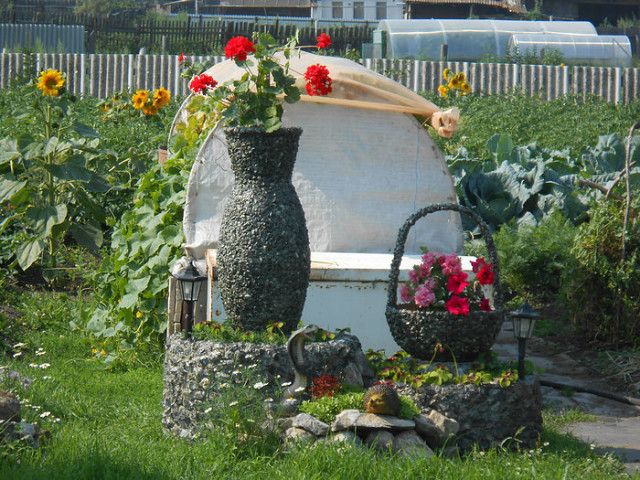
garden pots – the best ideas
Gabions in your garden – how to make yourself
This is the name of a container of various configurations made of a strong metal mesh, which is filled with stones. The main advantage of this manufacturing method is the absence of cement. On the contrary, even despite the fact that the main working material is mesh, it does not spoil the aesthetic side in the least..
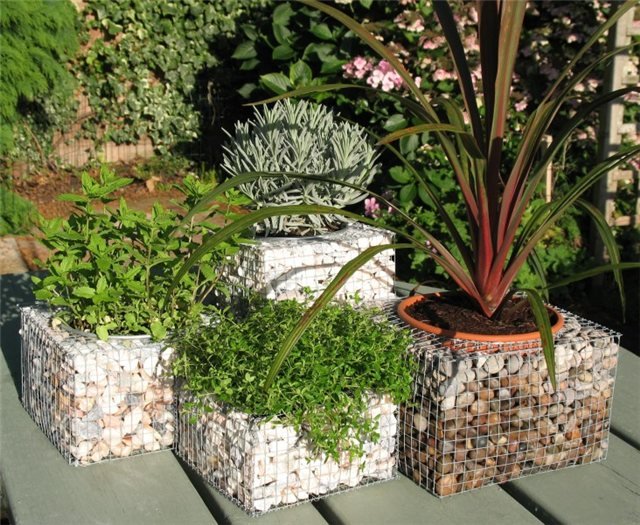
garden pots – the best ideas
The main thing is to give the correct shape to the mesh and choose the type of stone with which you will fill the frame.
A few tips about gabion mesh. Suitable from stainless steel, well bending, rigid, but flexible weaving with rectangular cells. You can take galvanized steel, but its disadvantage is that over time it will be covered with rust. Do not take the chain-link either, it is tough.
To assemble the gabion, formwork is prepared from the mesh, only it is filled not with concrete, as usual, but with stone. In order to save money, you can fill the middle of the gabion with rubble.
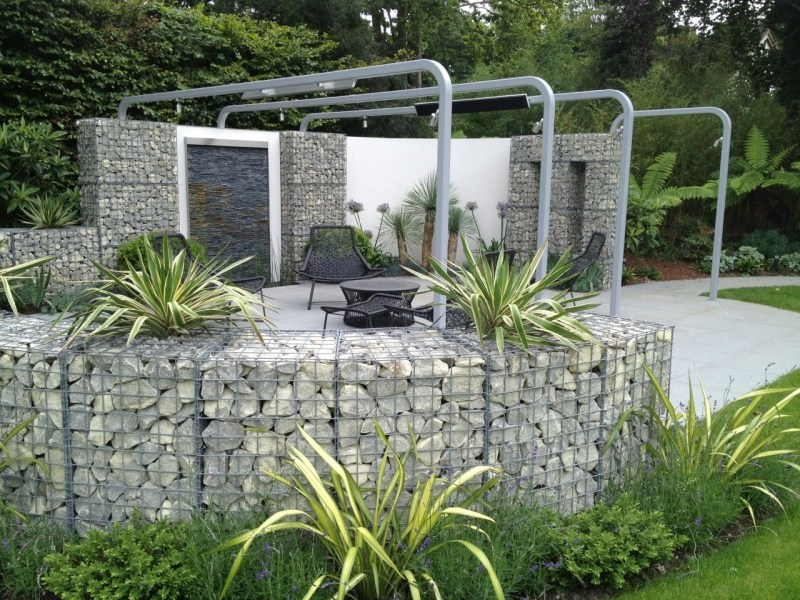
garden pots – the best ideas
Ask which stone is suitable for a gabion? The answer is as follows: stones of slightly weathered water-resistant rocks, the size of which is much larger than the size of the cells. A quarry stone, cobblestone, quarry or chip is suitable here. Fertile soil is poured between the stones.
To achieve an even greater effect, the stones are laid like a mosaic (if you entrust the manufacture of the gabion to specialists, they can lay out the stone, even setting a certain pattern). If you will lay the stone yourself, then prepare several types of stone. Mix them up, they will look great too.
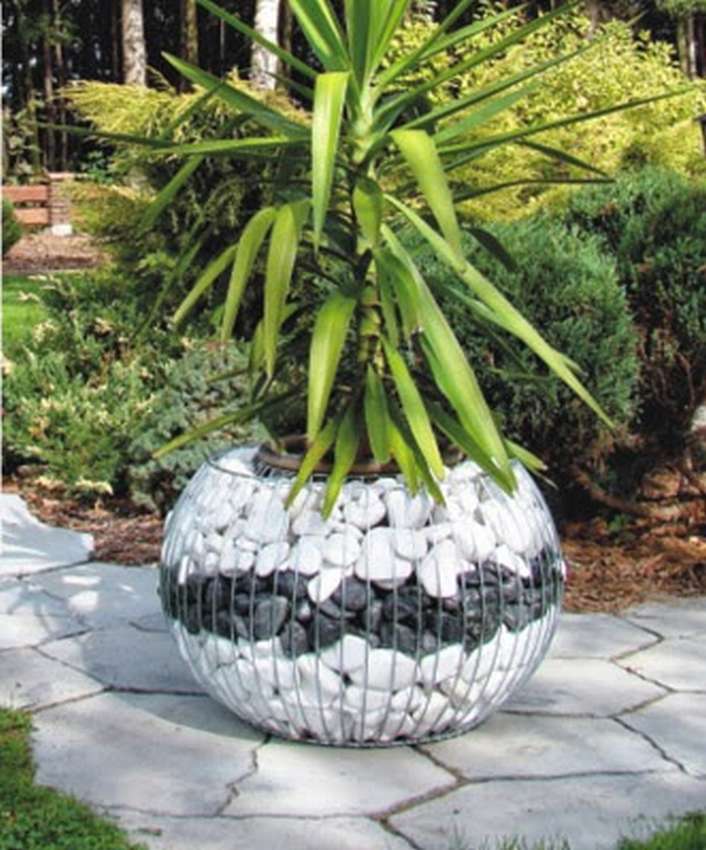
garden pots – the best ideas
Advice: Want to make your natural stone glow? Treat it with fluorescent paints. So during the day it will be an ordinary flowerpot made of natural stone, and in the dark it will be backlit.
Concrete flowerpots
You already know what concrete is and what its advantages are. It remains the most responsible: to deal with the stages of creating such a pot. For work, prepare the necessary materials and tools:
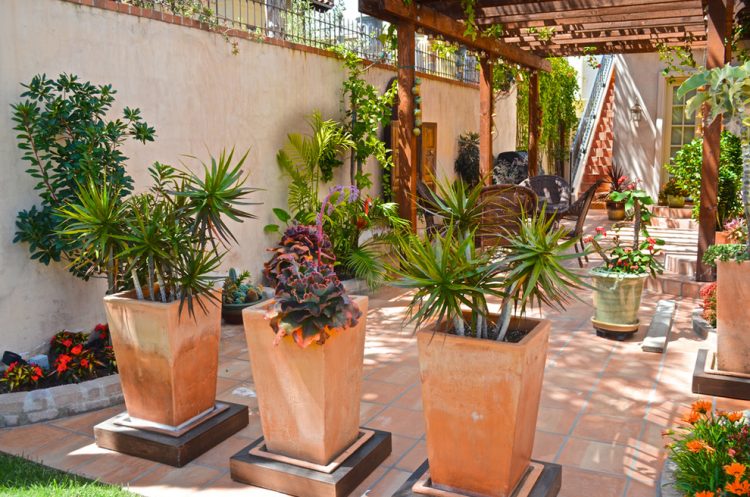
garden pots – the best ideas
♦ cement;
♦ 2 vessels of different sizes;
♦ spray;
♦ water;
♦ vegetable oil.

garden pots – the best ideas
Do everything in order, namely:
♦ treat both containers with oil: from the inside ─ large and smaller ─ from the outside;
♦ cut the plastic tube into 4 pieces 5 cm long (for drainage);
♦ prepare a solution, add dye (in a 3X2 ratio of sand and cement, as well as water); .
♦ fill a large container with cement mortar, spreading it in a layer of 2 cm;
♦ insert the tubes and wait for the solution to set;
♦ place a small container in a large one, fill the gap between them with the remaining solution;
♦ after 24 hours, remove the inner container and sprinkle the cement with water.
♦ in a large capacity, the future flowerpot should be kept for about a week;
♦ shake the pot out of the mold, pour in the earth;
♦ plant a plant.

garden pots – the best ideas
Vases from plastic bottles
The most economical option, however, will have to tinker with, since a 2-liter bottle is unstable, and in fact it should become a stationary, full-fledged flowerpot; it will be exposed on the street.
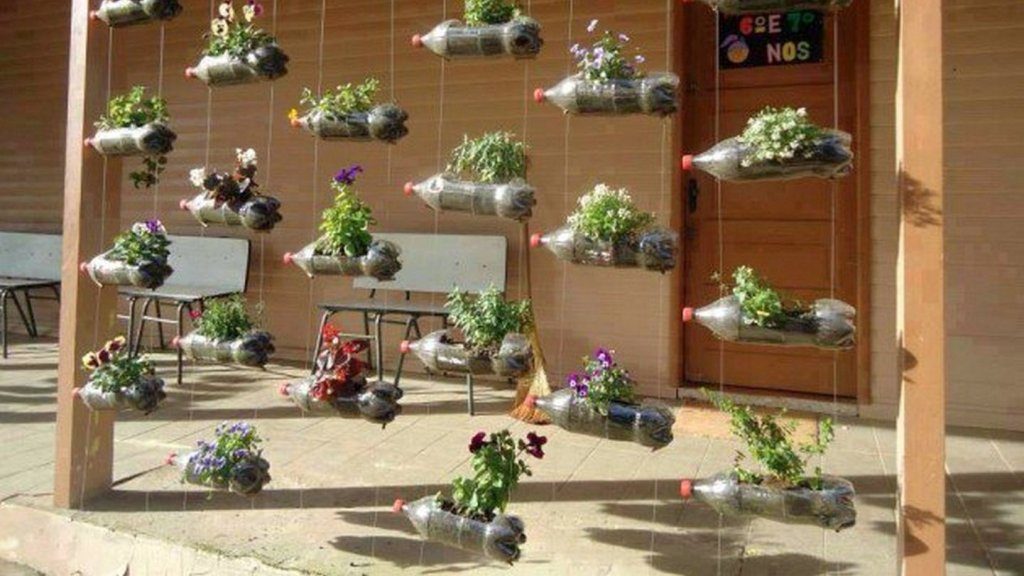
garden pots – the best ideas
The order of your actions:
♦ cut the top in the bottle;
♦ where you intend to place the finished product, dig in the fittings;
♦ cut off the bottom, stepping back 20 cm from the bottom (the cut bottom part will serve as the bottom of the flowerpot);
♦ a hole the size of the neck of a bottle is drilled in the bottom;
♦ paint the entire surface (use water-based paint);
♦ after it dries, the structure is assembled (put a neck on the armature, then on it «put on» so called «skirt» from the bottom);
♦ fill the flowerpot with earth and plant flowers.
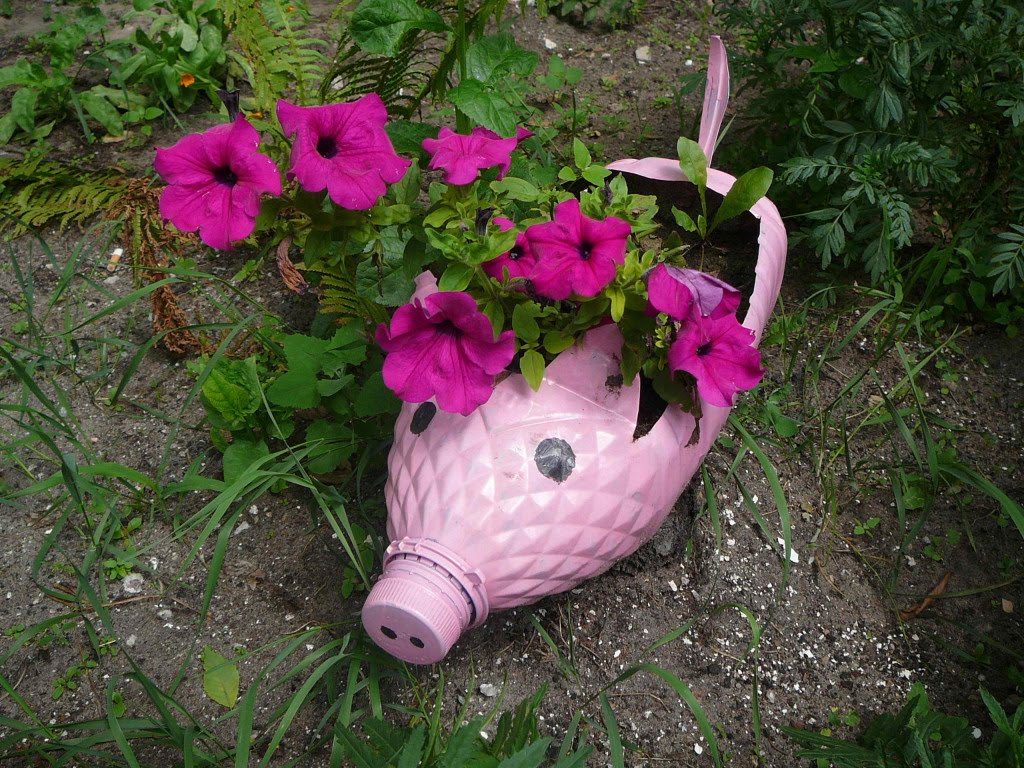
garden pots – the best ideas
It is possible to make the most of the garden space, create new flower arrangements using any material (from the refined to the simplest and even unnecessary) without any special efforts. Using the above recommendations, you will be able to create a real masterpiece!!!
Garden flowerpots – the best ideas!
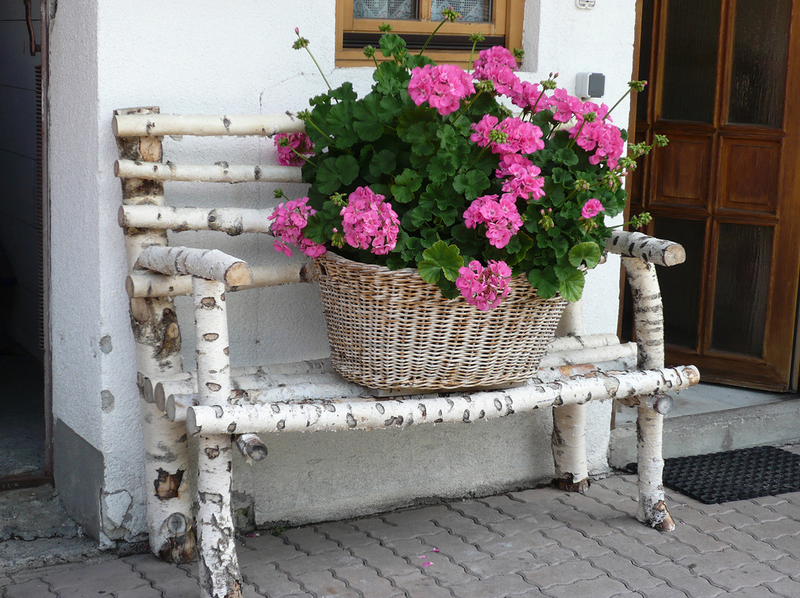
DIY flowerpots for flowers – the best ideas!
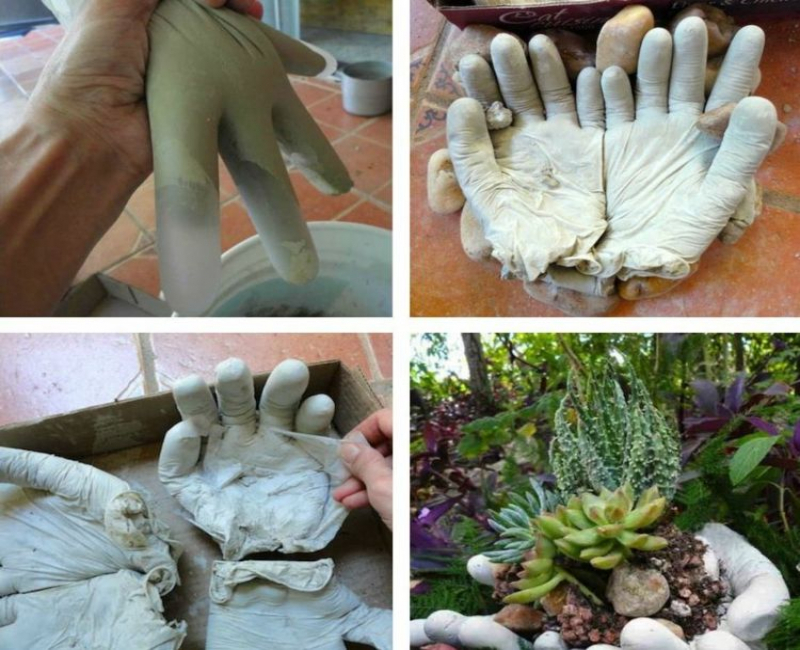
DIY flowerpots for flowers – the best ideas!
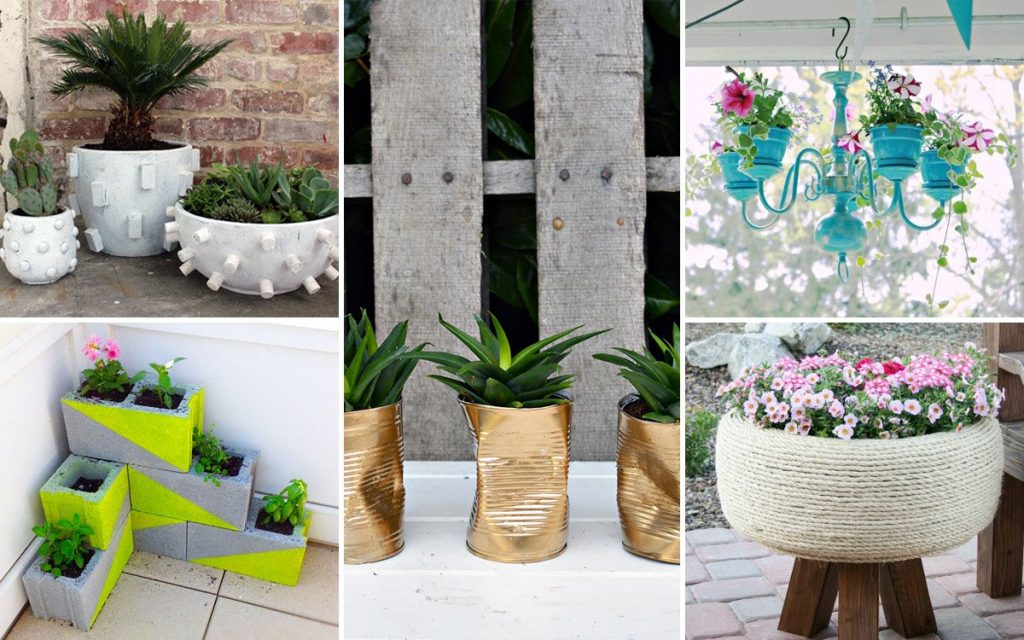
DIY flowerpots for flowers – the best ideas!
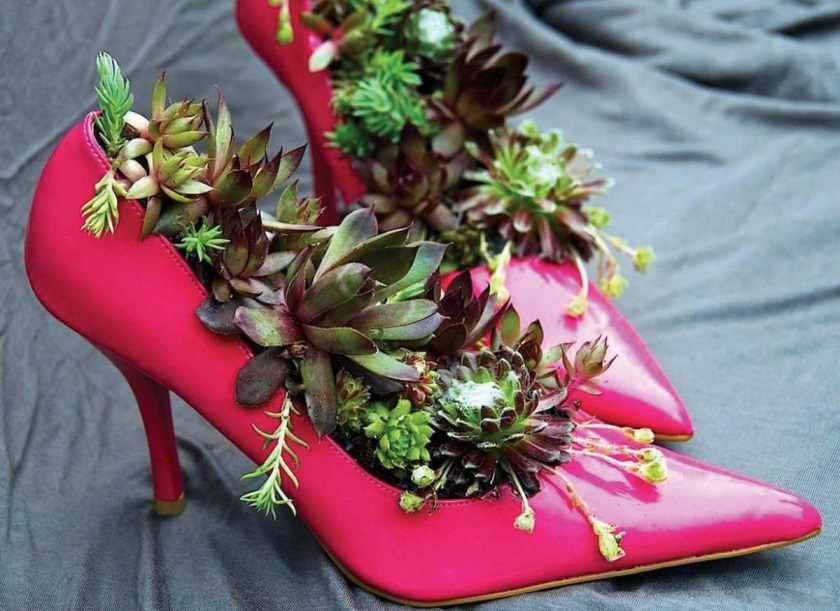
DIY flowerpots for flowers – the best ideas!
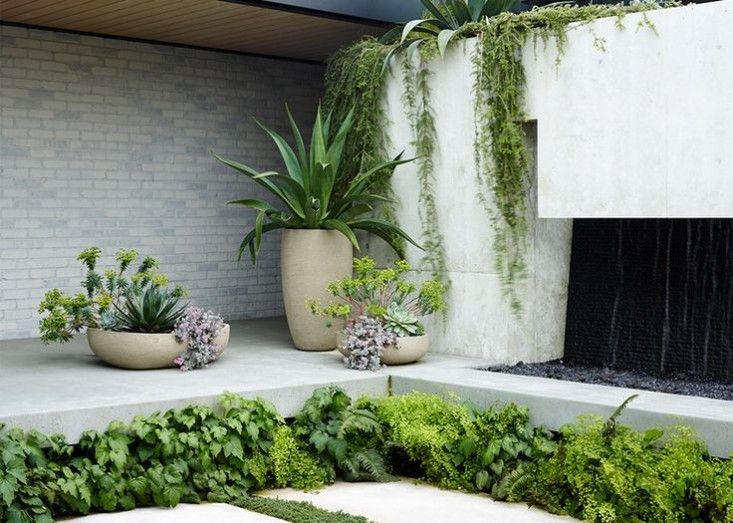
DIY flowerpots for flowers – the best ideas!
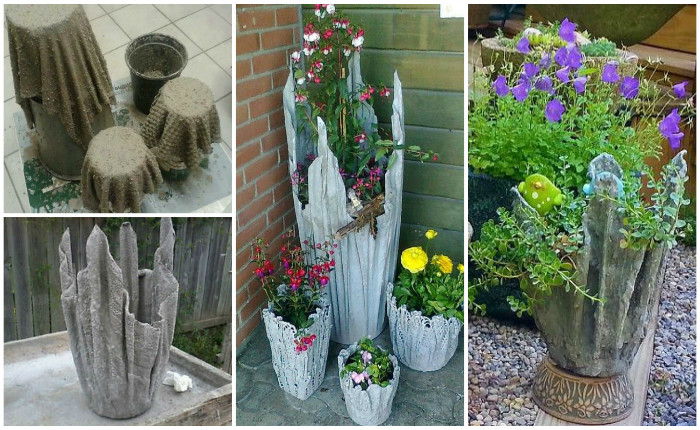
DIY flowerpots for flowers – the best ideas!
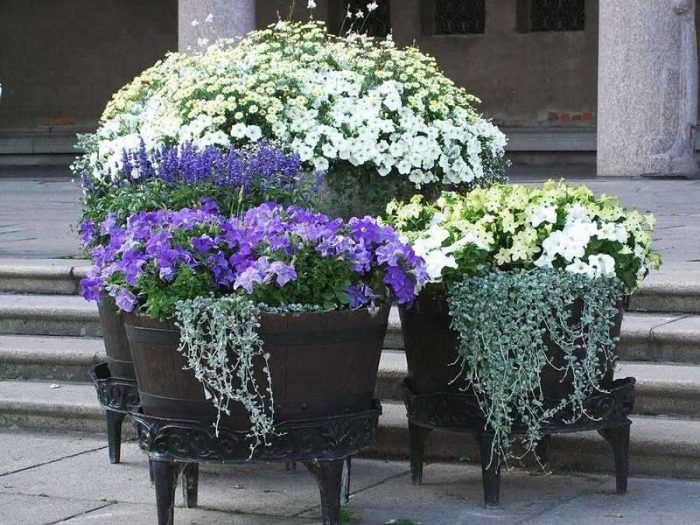
DIY flowerpots for flowers – the best ideas!
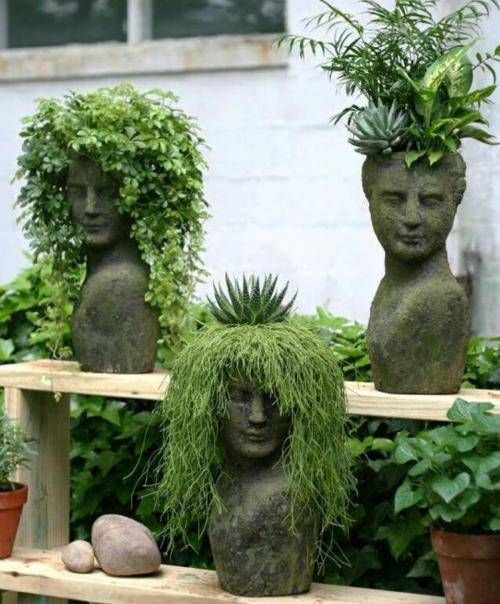
DIY flowerpots for flowers – the best ideas!
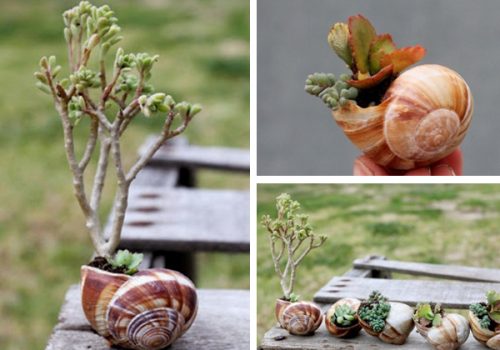
DIY flowerpots for flowers – the best ideas!
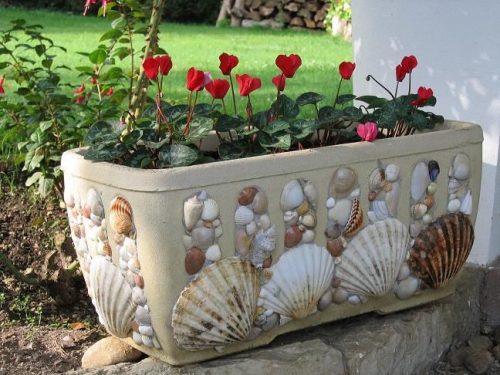
DIY flowerpots for flowers – the best ideas!

DIY flowerpots for flowers – the best ideas!
Good luck!

